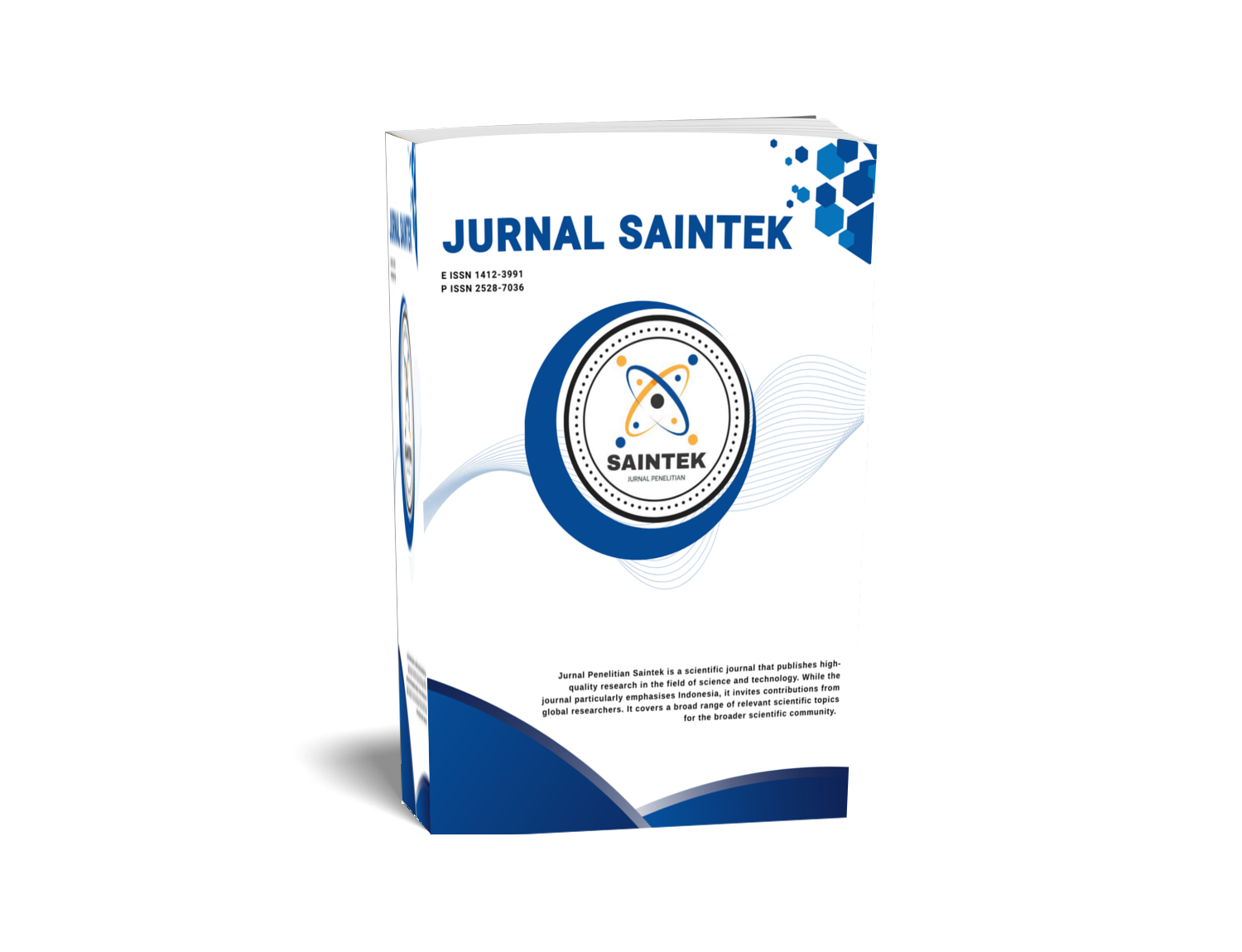EFFECT OF PENDING IN PENDING IN PARTICULAR PAD A PAJAH GEM OF DOUBLE CUT
DOI:
https://doi.org/10.21831/jps.v15i2.1757Keywords:
Cooling, wear, and the depth of cutAbstract
The purpose of this study, are (1) to compare the wear of a single cutter with a double cutter with the use of different cooler viscosity, (2) to determine the effect of cooller viscosity to cutter wear, and (3) find a suitable viscosity, cooling to reduce cutter wear. The workpiece material is VCN 150 í¸ 1.75 inches with a length of cut is 200 mm. Variables that are altered depth of cut. The depth of cut is defined initial minus end diameter divided by two. The depth of cut for a double edged pieces with a single piece. Cutter wear modifications largest taken from each eye piece for comparison with a single cutter. Research steps undertaken were as follows: wear to keep records of each viscosity cooling, ie 14.5 poise, poise 24.8, 35.6 poise, and poise while the depth of 49.2 pieces 0.5; 1; 1.5; and 2 mm. Each observation performed 3 times and subsequently taken average. Comparing the wear obtained in cutting using single and double cutting. The results of this study are as follows: (1) a reduction in the cutter wear double edged pieces of 18.64% compared with a single cutter with variable thickness and depth of cut cooling. (2) work without cooling wear very large, so that liquid cooling is needed in the process of cutting the workpiece, (3) become less viscous cooling is used, a reduction in wear and tear on the range. Wear and tear occurs in the thickness of the smallest 14.5 poise.
Keywords: cooling, wear, and the depth of cut
Downloads
Published
How to Cite
Issue
Section
Citation Check
License
Who Can Submit?
Any individual may submit an original manuscript for consideration for publication in Jurnal Penelitian Saintek as long as they hold the copyright to the work or are authorized by the copyright owner(s) to submit it. Authors retain initial ownership of the copyrights to their works prior to publication, except in cases where, as a condition of employment, they have agreed to transfer copyright to their employer.
User Rights
Jurnal Penelitian Saintek is an Open Access journal. Users are granted the right to read, download, copy, distribute, print, search, or link to the full texts of articles, provided they comply with the conditions of the Creative Commons Attribution-ShareAlike License 4.0 (CC BY-SA 4.0).
https://creativecommons.org/licenses/by-sa/4.0/
Author Rights
Authors retains copyrights.
Jurnal Penelitian Saintek by http://journal.uny.ac.id/index.php/saintek is licensed under a Creative Commons Attribution-ShareAlike 4.0 International License.









